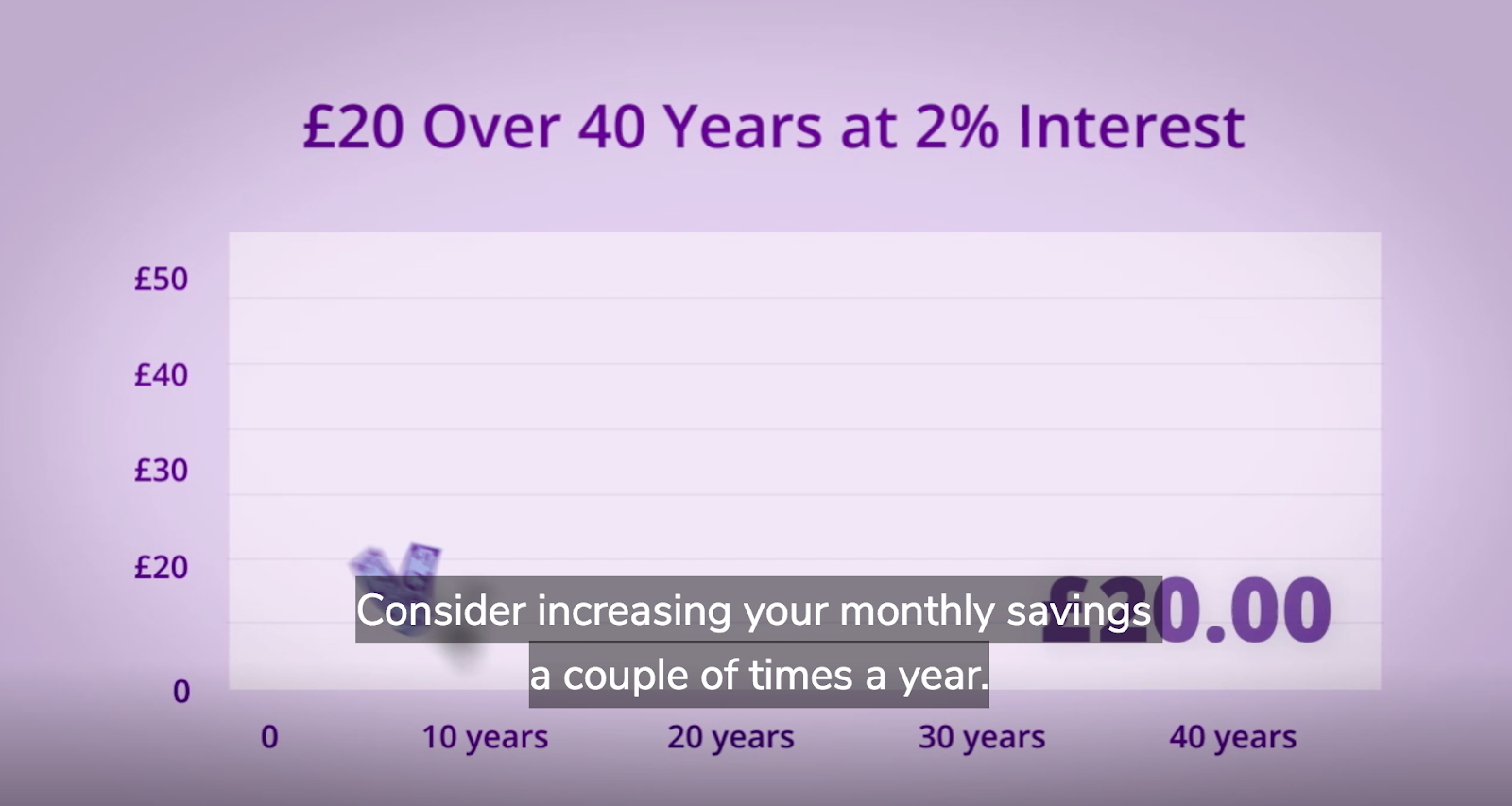At Blackbullion, we are constantly developing, updating and improving our content to enhance the effectiveness of our learning platform. Naturally, the methodologies behind this are always based on current best-practice models of great e-learning content. From how we engage students with learning, to the overall structure of our content, we’re always improving. With the ultimate view that our content:
- Gives students access to the best financial knowledge available.
- Inspires positive behavioural changes that will improve their financial health.
- Engages students to get the most out of the financial learning they really need.
And it has worked! By sticking to these three key rules, our content has driven some of the highest demonstrable impact in the e-learning industry:


But of course, there’s always more work to do. Getting to this point is a result of innovation, constant updates, and a sound pedagogical background to all the learning we create. To ensure our content is of the best possible quality, and our impact is as high (if not higher) than ever, we’ve made some big improvements to our content. Read more about them below…
The learning journey – How we make learning ‘stick’
Our current understanding of a student’s learning journey can be described in terms of a cyclical, 3-step process.
- Students are exposed to a piece of learning.
- They remember that learning.
- Finally, they act on that learning.
Sounds simple? It should. But getting students through that process is a lot of work. To encourage students to act on their learning, we’ve been embedding actionable behaviours throughout our content. For example, in our Savings pathway, we encourage students to start automating their savings; adding small amounts of money to a savings account every month via direct debit. See the example taken from a lesson in our platform below: 





Changes to our content structure: pathways, lessons, engagement Strategies
Pathways
All of our content is now divided into ‘Learning Pathways’. Pathways can be thought of as courses, or even topics. For example, learning related to ‘Savings’ could be seen as a pathway.
Lessons: “Foundational, Advanced, Mastery”
Each pathway is then further broken up into lessons. Lessons are structured so that:
- Broad, simple concepts are taught first.
- Core principles are then elaborated on.
- More complex and detailed principles are looked at in greater depth.


This kind of structure ensures students are taught in manageable, digestible chunks, and are never made to run before they can walk (so to speak) with their learning.
Engagement strategies
To ensure users are stimulated throughout a piece of learning, our content is presented in a variety of engaging ways. In each lesson we’ll include a mixture of:
- Animation
- Text
- Data visualisation
- Narrated images
- Quick quizzes
We’re building on this constantly, but right now you can see some of these different strategies in place below:




Total recall – How we help students remember learning
Of course, these improvements to how we teach through our platform are crucial, but they’re nothing unless we’re also improving how students learn from it. 

Promoting recall
There are a number of strategies used within our content to promote future recall of the information presented to students: Developing connections – Through the use of metaphors, visual imagery, and context, we constantly prompt students to join the dots between the current subject matter they’re learning and their existing sources of knowledge. Wordplay – Where appropriate we often include mnemonic devices and alliteration in our learning content to consolidate information into more memorable structures, making it easier for students to recall it at will. Formative assessment – More and more, we’re integrating assessment questions throughout our content. These provide the student with clear feedback and promote engagement by asking requiring them to interact with our content. Moreover, it gives the student an opportunity to recall previous content and reinforces their learning. See an example of this below:


Promoting actions
As mentioned above, we’ve been working hard to embed actionable moments throughout our content. By closing the gap between the content, an action the user can perform, we’re easing the transition between theory and practice for the student. Similarly, by integrating reward systems, such as the ‘bullion’ score, users are rewarded with a sense of recognition for their participation. (Garavan et al., 2010).


The longview
Digital learning is still a rapidly developing field but – when compared to traditional classroom learning – there are multiple benefits that you simply cannot find elsewhere, such as:
- Allowing users to have autonomy in terms of which topics they engage with, and to what depth, can empower them to take ownership over their learning.
- The ability to provide immediate feedback on users progress through embedded, formative questioning is similarly important in building value into the learning process
As we continue to develop our content, we aim to capitalise on those benefits and provide the best possible financial education to university students – and make the world money smarter!
References
¹Garavan, T. N., Carbery, R., O’Malley, G., & O’Donnell (2010): Understanding participation in e-learning in organizations: a large-scale empirical study of employees, 14(3), 155-168.
² Hattie, J. (2009): Visible Learning: A synthesis of over 800 meta-analyses relating to achievement. Abingdon, Oxon: Routledge.




